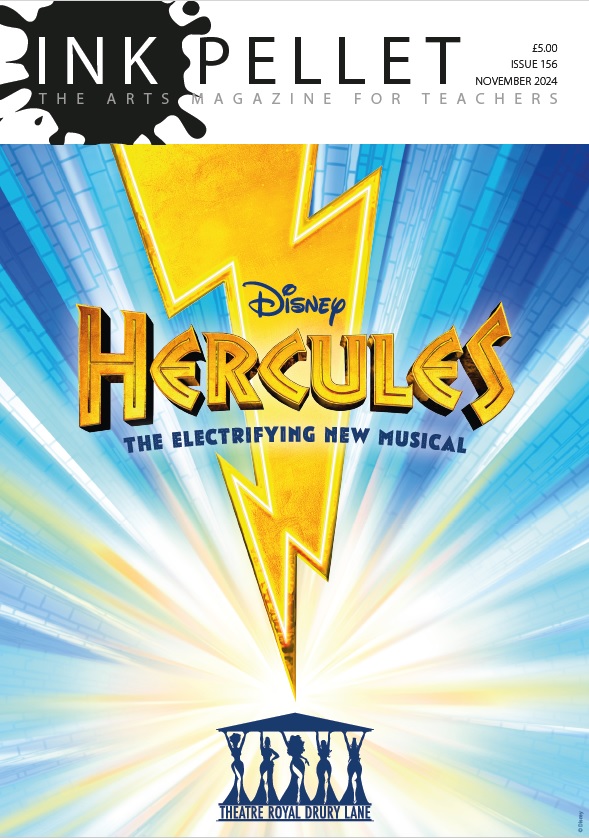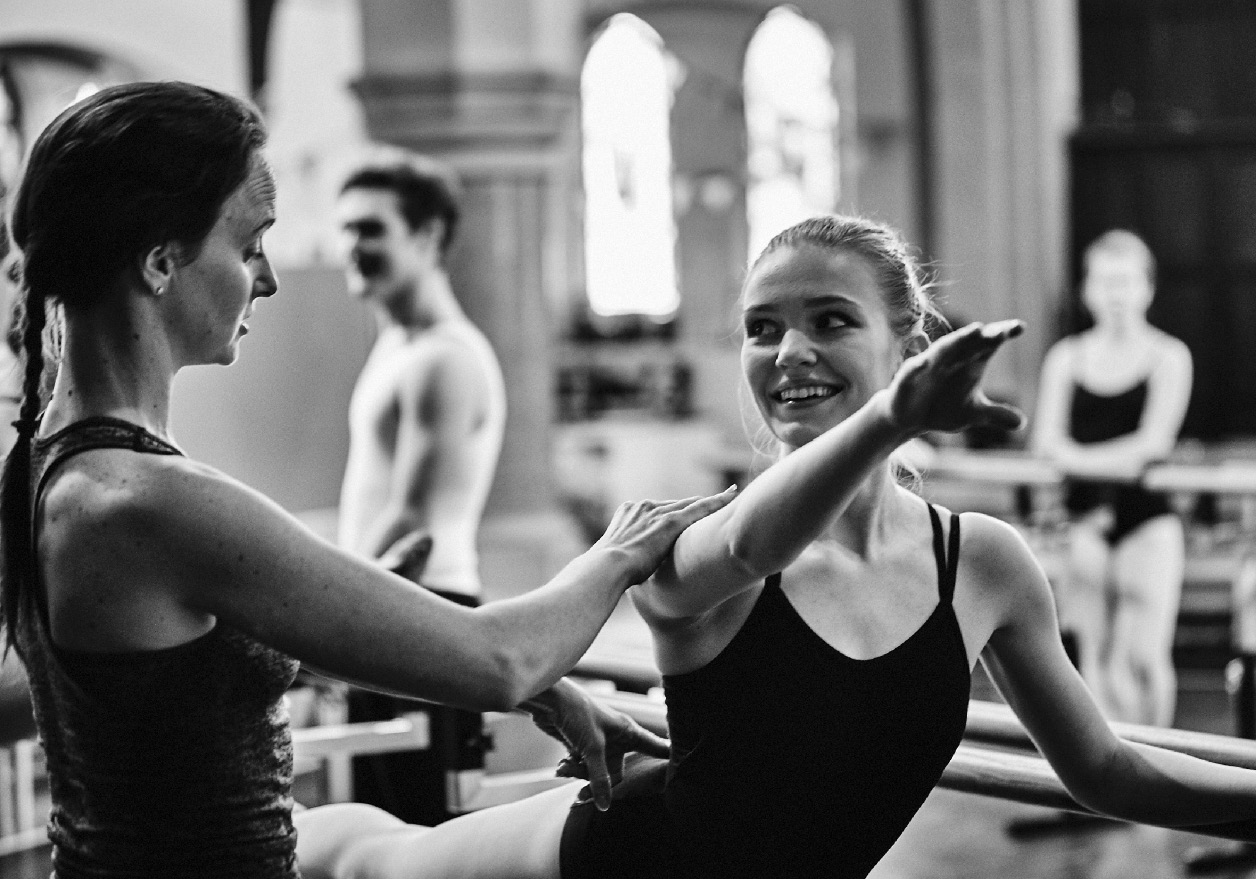As the Head of Dance at READ College, I am passionate about ensuring that my young students have the very best start to their professional dance training and consequently their future careers. This means educating our young people about how to look after themselves both physically and psychologically. By Helen Read
In recent years there has been an increased focus on addressing the physical and mental wellbeing of dancers, looking at dance artists as athletes and proactively preventing injury. ‘One Dance UK’ is one of the leading bodies who through their Healthier Dancer Programme (HDP) are working with professionals to improve the physical and psychological health and wellbeing of dancers.
It is both reassuring and inspiring to see how much attitudes have changed since my own experiences. Over 20 years ago, aged 16, I began my professional dance training at one of our country’s top classical ballet schools. I remember being frowned upon by my tutors for following my physiotherapists’ advice, asking to rest from class due to an injury. Of course I didn’t want to miss class or for my tutors to think unfavourably of me; consequently I pushed through the pain causing even more damage.
It is so encouraging to see how far the world of dance has come since then and I am keen to support these developments and excited to see the face of dance training changing and evolving in a positive and healthy way.
A valuable concept to learn is ‘you the person, you the product’. As artists we have to learn to separate these two as we become used to receiving criticism on a daily basis. Firstly when we are in training I tell my students ‘the more corrections you receive in class and the more you are yelled at, the more you should celebrate’! As tutors it is important to make time for praise, however we only progress when pushed and challenged to go further. It is important to recognise that criticisms are corrections and recognition of your potential to achieve more. In class we are refining and perfecting our product, we want our product to be the best it can be. As a professional working in the industry you will find yourself going from one audition to another and you have to be prepared to accept the rejections along the way. Casting agents and dance companies are always looking for something specific, a particular look or someone of a certain height. It is important to realise that they are not rejecting you as a person, in turning you away they are saying that your product is not what they are looking for, at least not today. Keeping you the person and you the product separate will help to keep the mind positive and healthy.
A dancers body is their tool kit, their number one priority must be to look after it and treat it with respect
As a professional dancer in training you will push your body to the limit, you will hurt in places you’ve never thought possible and you will feel physically and psychologically exhausted; and yet you still get up every day hungry to do it all over again! You quickly learn what is a good pain and what is a bad pain and you learn to love the good pain; after all ‘no pain, no gain’! Professional artists in training today are compared to young athletes and it is my opinion that dancers should approach their training with this mentality. A dancer must be physically strong, gone are the days of the waif like dancer. The technical demands made on the dancer today require strength, stamina and flexibility which can only be achieved with regular cardio vascular and strength training in addition to regular technique classes. This demanding schedule can put enormous strain on the physical body, so it is vital for us to understand when to stop and listen to our bodies. A dancers body is their tool kit, their number one priority must be to look after it and treat it with respect. At READ we encourage our young people to listen to their bodies, if they have a niggle it’s important to recognise that something may be wrong. This is our body’s way of saying be careful. If we listen to the niggles and recognise what is causing them we can prevent minor pains from becoming major injuries. It is often through understanding why these niggles occur that we find out more about our own technique and where we might be going wrong. With good advice a dancer should introduce exercises to their daily routine to help strengthen weaker areas and therefore improve on their overall technique and reduce the risk of injury.
A healthy dancer must have the drive and passion to push themselves to the limit, both emotionally and physically. However they must also understand and know their own abilities and limitations, recognise when they are stressed and realise when it is time to rest. Our physical bodies need time to heel, repair and reboot in order to reduce our risk of injury and we all need time out once in a while so we can come back refreshed and ready to go again. www.rdtc.org.uk



